This post may contain affiliate links. Read our disclosure policy.
Cupcakes have proven themselves to be much more than a fleeting baking trend. With the amount of cupcake bakeries, reality television shows, and recipes in general, it’s clear they’re here to stay. Cupcakes are much easier than layered cakes to bake and transport, not to mention their cute size makes them the perfect indulgence for just about any occasion or holiday, like Halloween! It’s no wonder they’re so popular.
Despite their popularity, many cupcakes you find at the grocery store bakery are either bland or cloyingly sweet. Not to mention so many have an awful crumbly or greasy texture and artificial aftertaste. Homemade cupcakes are always better, and most recipes out there for basic yellow cupcakes are fairly similar. Small changes in the flour, fat, baking times, and baking temperatures, however, can result in very different cupcakes.
For this round of kitchen experimenting, I tested six batches of cupcakes to discover what makes a cupcake domed or flat, rich or crumbly, soft or slightly chewy, to help you create your version of the perfect cupcake. Since most cupcake recipes are very similar, I used a very basic recipe that is from no one source in particular as my control recipe. From there I tested how cake flour, extra egg yolks, sour cream, oil, and a lower baking temperature affect the cupcakes. To keep the results as consistent as possible, I used the same ingredients, utensils, techniques, and bakeware when applicable. I also maintained a 350°F oven temperature and a twenty-minute baking time when applicable. Take a look at the results to see the ins and outs of cupcake baking; I hope they help you discover the tricks to making your version of the perfect cupcake!
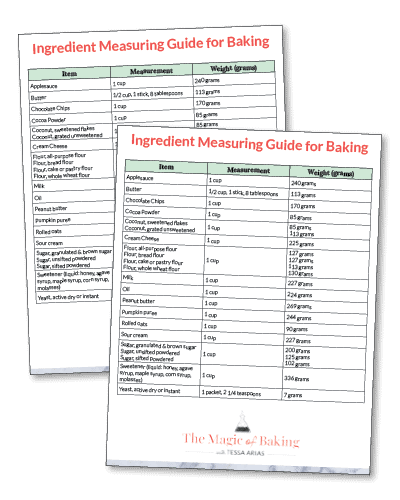
Free Ingredient Measuring Guide!
The key to consistent baking success is a click away. Sign up to get instant access to my printable Ingredient Measuring Guide now!
Control Recipe
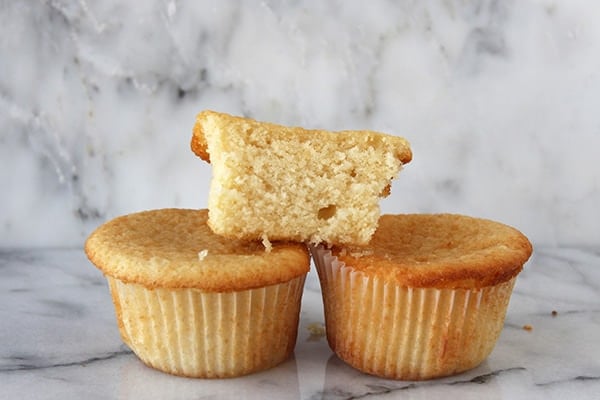
Ingredients:
1 1/2 cups all-purpose flour (6.35 ounces)
1 1/4 teaspoons baking powder
1/4 teaspoon fine salt
1 cup granulated sugar
1 stick (1/2 cup or 4 ounces) unsalted butter, at room temperature
1 large egg
3/4 teaspoon vanilla extract
1/2 cup plus 2 tablespoons whole milk
Directions
In the bowl of an electric mixer, beat the sugar and butter until light and fluffy, about 3 minutes. Add the egg and vanilla and beat until combined. Add the dry ingredients and milk alternatively, starting and ending with the flour, beating well after each addition. Continue beating for one minute. Divide the batter between the cupcake cups, filling each about 2/3 full.
Bake at 350°F for 20 minutes, or until a toothpick inserted comes out clean. Let cool for 10 minutes before removing to a wire rack to cool completely.
Cake Flour
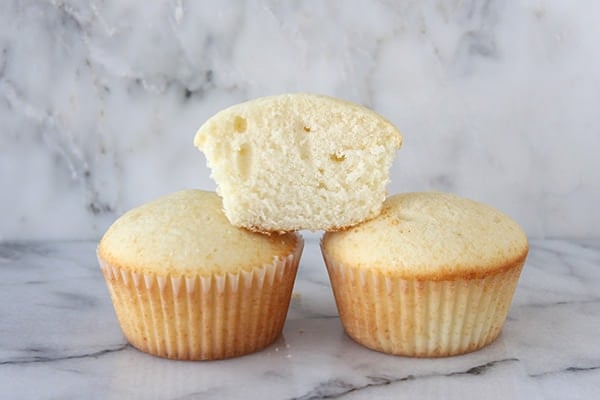
For this test I substituted the 1 1/2 cups (6.37 ounces) all-purpose flour in the recipe with 1 1/2 cups of sifted Swans Down brand cake flour, which weighs 5.25 ounces after sifting. Everything else in the recipe was left as-is. The cupcakes were visibly lighter in color with very domed tops. The texture was super fine and soft but also on the dry side with a slight crumbly feel. In taste testing these cake flour cupcakes I felt that using all cake flour was too much. If you want to make your cupcakes softer you might consider using half cake flour, half all-purpose flour.
Learn more about the science of cake flour and how it works in baking here.
Egg Yolks
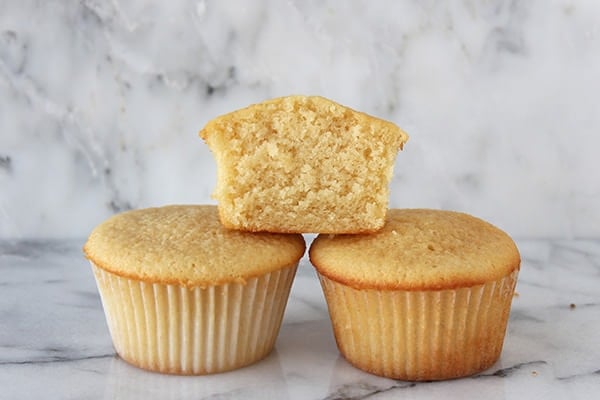
In addition to the one whole egg called for in the control recipe, I added an additional two egg yolks to test how they affect the cupcake’s texture and flavor. The additional egg yolks not only lended a deeper yellow tint to the cupcakes, they also domed slightly more than some of the other tests. The batter itself looked a little grainy, which concerned me, but the baked results were slightly chewy yet still soft, ultra moist, and full of rich flavor, all desirable traits in a cupcake. These egg yolk cupcakes would stand up nicely to a rich and thick frosting. I enjoyed the taste and texture of these cupcakes and will probably use at least one additional egg yolk in my yellow cupcake recipes from now on.
Sour Cream
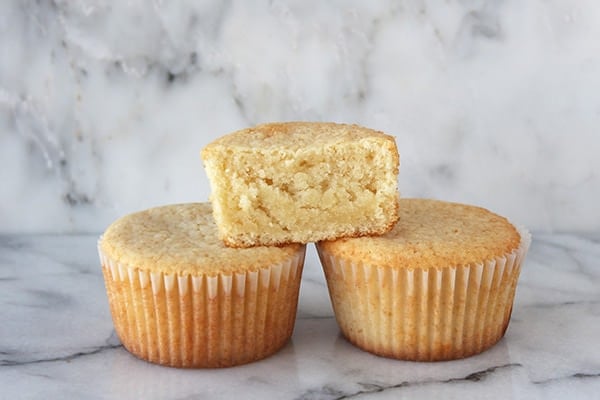
The control recipe calls for milk, but there are many cupcake recipes that call for sour cream instead so I decided to test the difference. I substituted the exact amount of milk with plain sour cream. The batter itself was visibly thicker and tighter, not quite as loose as the control batter. The finished cupcakes were denser and slightly chewier than the control, with the perfect amount of moisture. They also had a slight tang, which added a nice depth of flavor. These sour cream cupcakes and the egg yolk cupcakes proved to be my favorites.
Oil
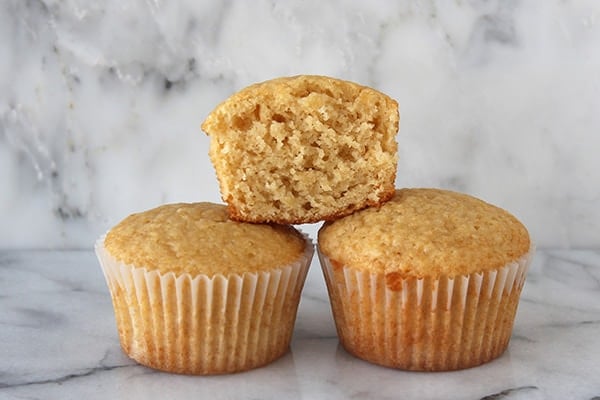
Most yellow cupcake recipes use butter as the main fat, however quite a few recipes for chocolate cupcakes or red velvet cupcakes use oil instead. I wanted to see what kind of difference oil makes so I substituted 1/2 cup canola oil for all the butter called for in the control recipe. Instead of beating the oil and sugar together, I simply mixed very well by hand. The resulting cupcakes were unsurprisingly very similar to muffins in their appearance and texture. They were spongier than any of the other cupcakes but also had the worst flavor. These cupcakes almost tasted like they were fried to me, that’s how pronounced the oil taste was. There’s definitely a reason why oil is only reserved for chocolate or red velvet cupcakes, which include flavorful ingredients that mask the oil flavor. I would definitely stick to using butter in yellow cupcakes because it provides that characteristic buttery flavor and light, finer-textured crumb.
325°F Baking Temeprature
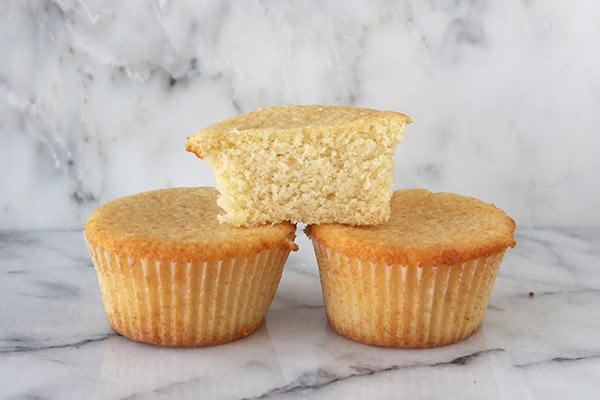
For this test I took the exact control recipe but baked it in a 325°F oven for 22 minutes. I peeked through the oven window to watch these cupcakes as they baked and they domed up surprisingly high during baking but proceeded to collapse slightly during the last minutes of baking and during cooling. As expected, they didn’t brown as much as the control cupcakes and were actually extremely difficult to remove as the edges had overflowed and stuck to the tin. Since they were so soft and tender, I ended up damaging a few of the cupcakes while trying to remove them from the tin. This dilemma surprised me and I would certainly avoid baking cupcakes at a lowered temperature again, though the lower temperature would probably work well for producing ultra soft and tender layer cakes.
Final Comparison
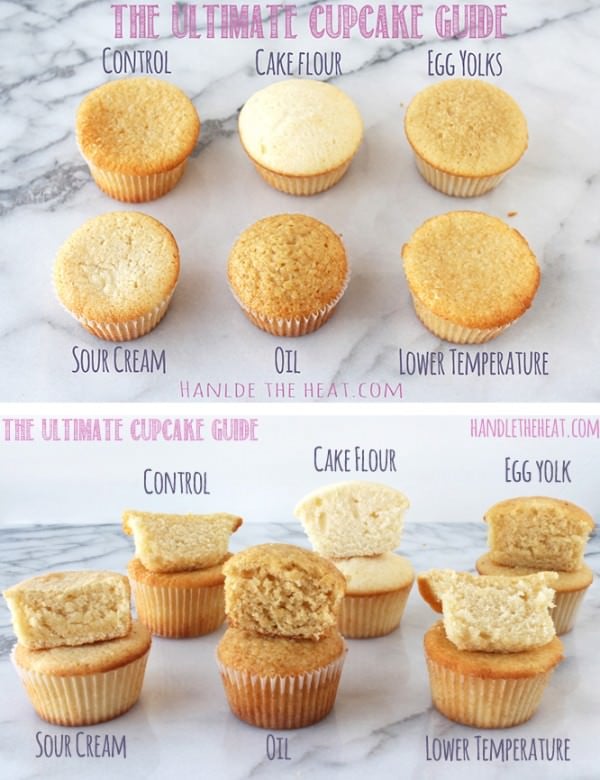
More Ultimate Guide Posts
- The Ultimate Guide to Chocolate Chip Cookies
- The Ultimate Guide to Chocolate Chip Cookies Part II
- The Ultimate Brownie Guide
The article The Ultimate Cupcake Guide was originally posted at Relish.com.

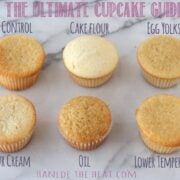
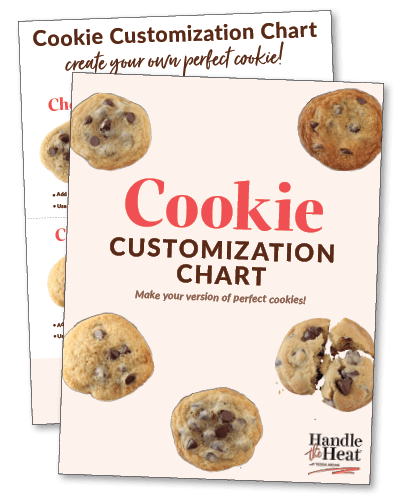
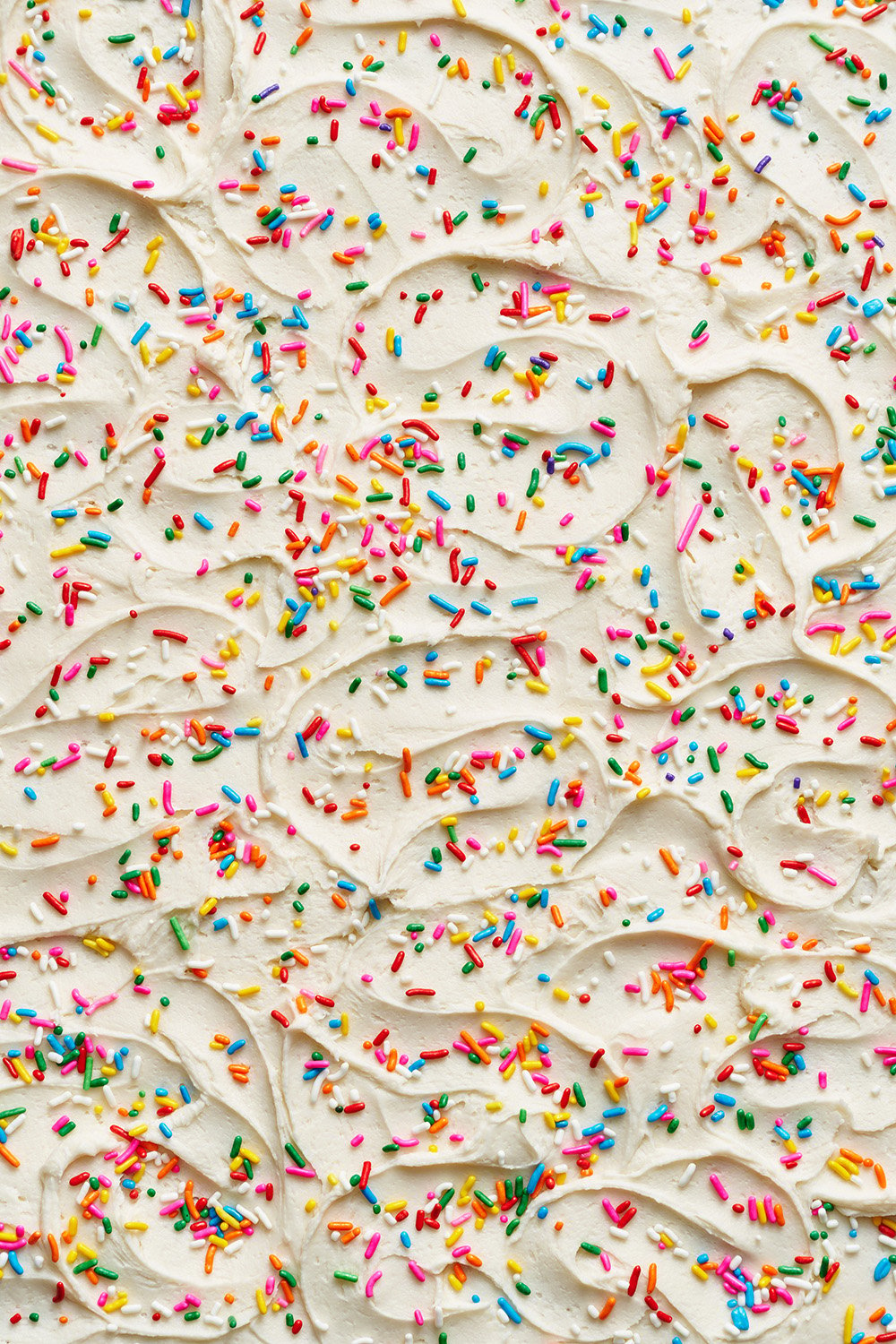
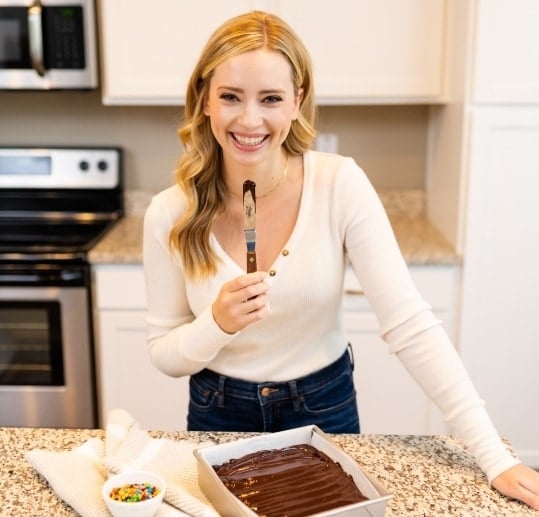
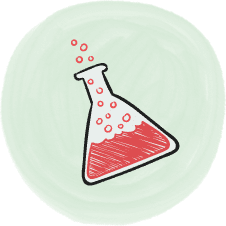
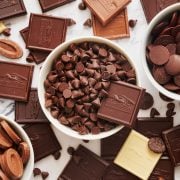
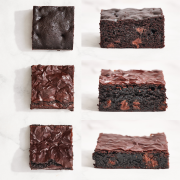
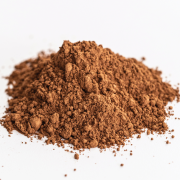
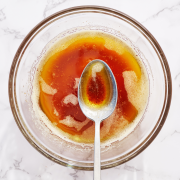
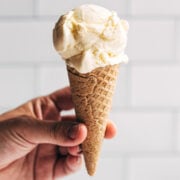
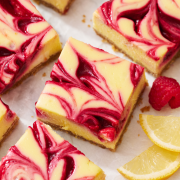

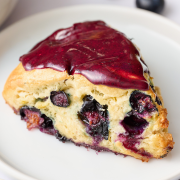








This guide has been very helpful in trying to troubleshoot my recipes! Thanks for sharing!
I have recently had my cupcakes shrink away from the wrappers… Do you have any tips or tricks to prevent this from happening?
Hi LaRise! Overmixing the batter and/or underbaking your cupcakes can cause them to shrink away from the wrapper. I’d also make sure you’re removing your baked cupcakes from the tin (after about 10 minutes) and placing on a wire rack to cool entirely. Leaving them in the tin can cause a buildup of moisture (from the steam/heat), which can cause the liners to pull away. I hope that helps!